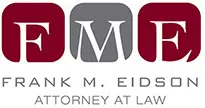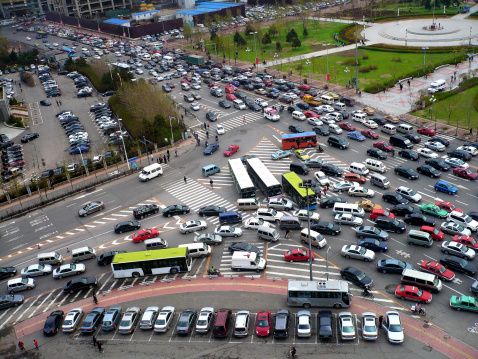Efforts in the legislature to rid Florida of red-light cameras at dangerous intersections may have failed this spring, but the debate lives on.
Despite a state report showing auto accidents increased 12 percent at 230 state-road intersections with the monitoring devices, lawmakers refused to outlaw them, leaving grass-roots activists to fight another day, according to a recent Orlando Sentinel article.
And fight they are. Those opposed to the cameras have obtained enough signatures in Brooksville, for instance, to force a referendum this fall on the repeal of red-light cameras.
What Red-Light Camera Opponents Are Saying
Those in opposition to red-light cameras mainly contend that the devices are designed to raise money for local governments and do not make roadways safer.
Glen Chancy, executive director of Ban the Cams PAC, made these arguments against red-light cameras in a Sun Sentinel column:
- A University of South Florida study determined that the devices increased accidents by 28 percent at intersections. It also found no benefit in reducing fatalities.
- WTSP-TV News in Tampa showed that the length of yellow lights was being reduced to catch more unsuspecting red-light runners.
- Cameras automatically ticket people and don’t have the benefit of a police officer’s discretion in evaluating whether the roads were slick or a motorist was following too close.
- Only officers can remove unsafe motorists from the roads, including those driving while distracted or under the influence. Therefore, more officers, not more cameras, are the answer.
- Red-light camera violations are issued to the car, not the driver, creating problems with work vehicles, borrowed cars and families with several vehicles. This raises constitutional problems because a ticket can be issued to a person who never broke the law.
- Florida municipalities that depend on tourism for revenue can run into image problems if red-light camera tickets are issued to visitors.
Arguments in Favor of Red-Light Cameras
The Insurance Institute for Highway Safety (IIHS), however, asserts that cameras reduce red-light running – mainly the most dangerous violations that can lead to catastrophic crashes.
According to the IIHS, a year after red-light cameras were erected on Arlington, Virginia:
- The chances of a violation at monitored intersections decreased.
- Violations at least 0.5 seconds after a light turned red were 39 percent “less likely” than at non-monitored intersections.
- Violations at least one second after lights turned red were 48 percent “less likely.”
- The chances of a violation 1.5 seconds after lights turned red plummeted 86 percent.
The nation has 540 communities with red-light camera enforcement. A 2011 IIHS study of large cities found that the cameras cut fatalities linked to red-light running by 24 percent and fatal wrecks at signalized intersections by 17 percent.
The Governors Highway Safety Association (GHSA) notes that 2.3 million intersection crashes were reported in one recent year, causing some 7,770 deaths and 733,000 injuries. Determining whether red-light running was a factor was difficult to discern because that might not have been a part of the crash report.
The GHSA encourages states to deal with red-light running and speeding with automated enforcement. It tempers the endorsement, though, stating:
- Cameras should be installed only where crashes are prevalent and officers can’t be stationed safely.
- Cameras should not replace law enforcement officers or attempt to improve safety where roads are poorly designed and constructed.
- A public information campaign should precede use of cameras and continue while programs are in effect.
- Revenue should not be the ultimate goal for automated enforcement. Money made from tickets should go toward highway safety programs.
When Florida’s legislature convenes against next winter, the debate over red-light cameras and their ability to reduce dangerous crashes is likely to resume. When it does, pertinent information, not emotion, should be used to determine the outcome.









